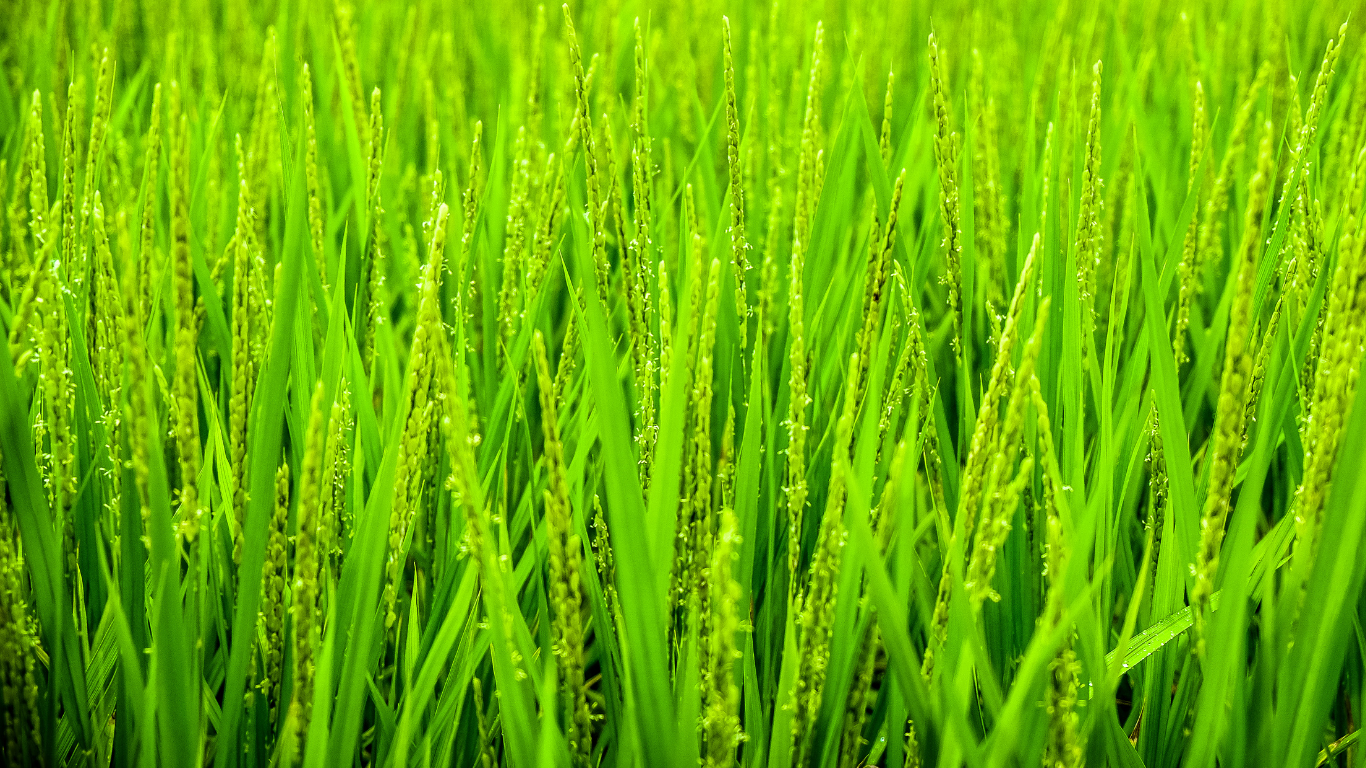
- Home
- What Are Phosphate Solubilizing Microorganisms (PSM)?

Aditi Bijalwan
Co-founder at Agrilogy Bioscience Private Limited
From Locked Minerals to Plant Nutrition
Phosphorus is vital for strong roots, flowering, and grain filling—but in most soils, nearly 80–90% of it stays locked in forms plants can’t use. That’s where Phosphate Solubilizing Microorganisms (PSM) step in. These helpful bacteria and fungi act like soil unlockers, releasing acids and enzymes that free up bound phosphorus and make it available for plant growth.
Phosphate Solubilizing Bacteria (PSB): Root-Zone Specialists
PSB work close to the root surface, releasing mild organic acids like gluconic and acetic acid. These acids dissolve nearby mineral phosphates, giving plants quick access to phosphorus. Genera such as Bacillus, Pseudomonas, and Rhizobium are common PSB that thrive in the rhizosphere.
Phosphate Solubilizing Fungi (PSF): Soil Explorers
PSF extend deep into the soil through their hyphae, reaching phosphorus sources far from the root zone. They produce stronger acids such as citric and oxalic acid, capable of breaking down tough rock phosphates and organic P like phytates. Fungal genera like Aspergillus, Penicillium, and Trichoderma are highly efficient solubilizers and more tolerant to stress conditions.
PSB vs PSF: Key Differences at a Glance
- Acids Released: PSB → gluconic, acetic | PSF → citric, oxalic, fumaric
- Efficiency: PSF generally stronger and more sustained
- Zone of Action: PSB stay near roots | PSF spread across larger soil area
- Organic P Breakdown: PSF excel due to high phytase production
- Tolerance: Fungi adapt better to acidic, alkaline, or stressed soils
How PSM Improve Soil and Crop Health
Discover how Phosphate Solubilizing Microorganisms enhance soil fertility, strengthen roots, and deliver sustainable yield improvement.
Phosphate Solubilizing Microorganisms (PSM) play a vital role in sustainable farming. They naturally unlock insoluble phosphorus reserves present in the soil, making it easily available for plant uptake. By doing so, they reduce the dependence on costly chemical fertilizers and promote eco-friendly agriculture. PSM also improve the soil’s microbial balance and restore long-term fertility, creating healthier growing conditions. Their activity strengthens root growth, enhances crop resilience against stress, and ultimately leads to better yield quality and higher productivity.
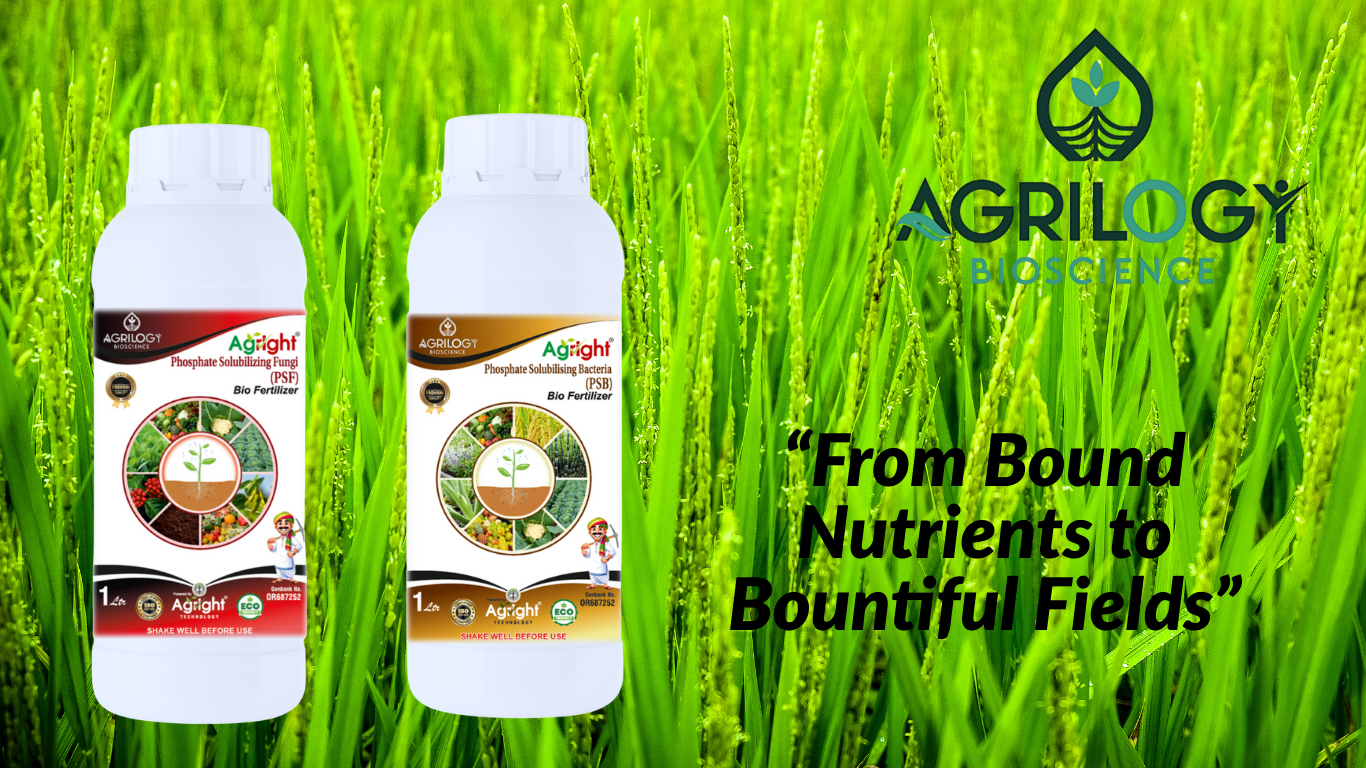
Synergy in Action: PSB + PSF Together
It’s not about PSB vs PSF—it’s about using them together.
PSF unlock hard-to-reach phosphorus sources.
PSB make soluble phosphorus immediately available in the root zone.
Together, they form a sustainable phosphorus cycle, ensuring long-term soil health and crop productivity.
From Soil Secrets to Crop Success
- PSB are best for quick, rhizosphere-based phosphorus release.
- PSF are powerful for tough soils and organic P breakdown.
- Consortia of both offer the most efficient and sustainable solution.
At Agrilogy Bioscience Pvt. Ltd., we manufacture both PSB and PSF biofertilizers as standalone products—allowing farmers to choose the right solution for their soil conditions. Whether it’s PSB for quick phosphorus release near roots or PSF for strong solubilization in tougher soils, our products ensure better nutrient availability, improved soil health, and stronger crop performance.
Comments (0)
No comments yet. Be the first to comment!
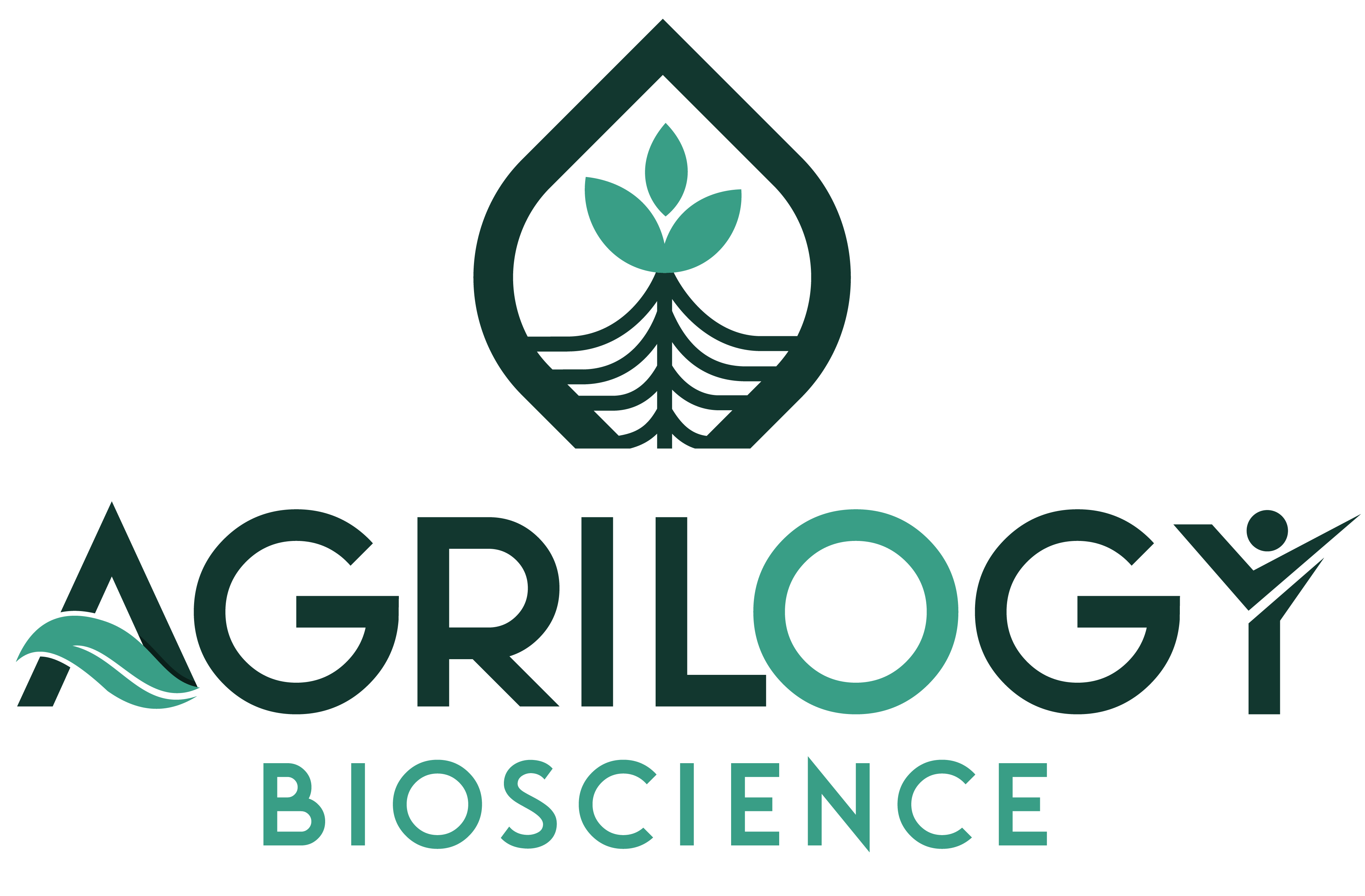
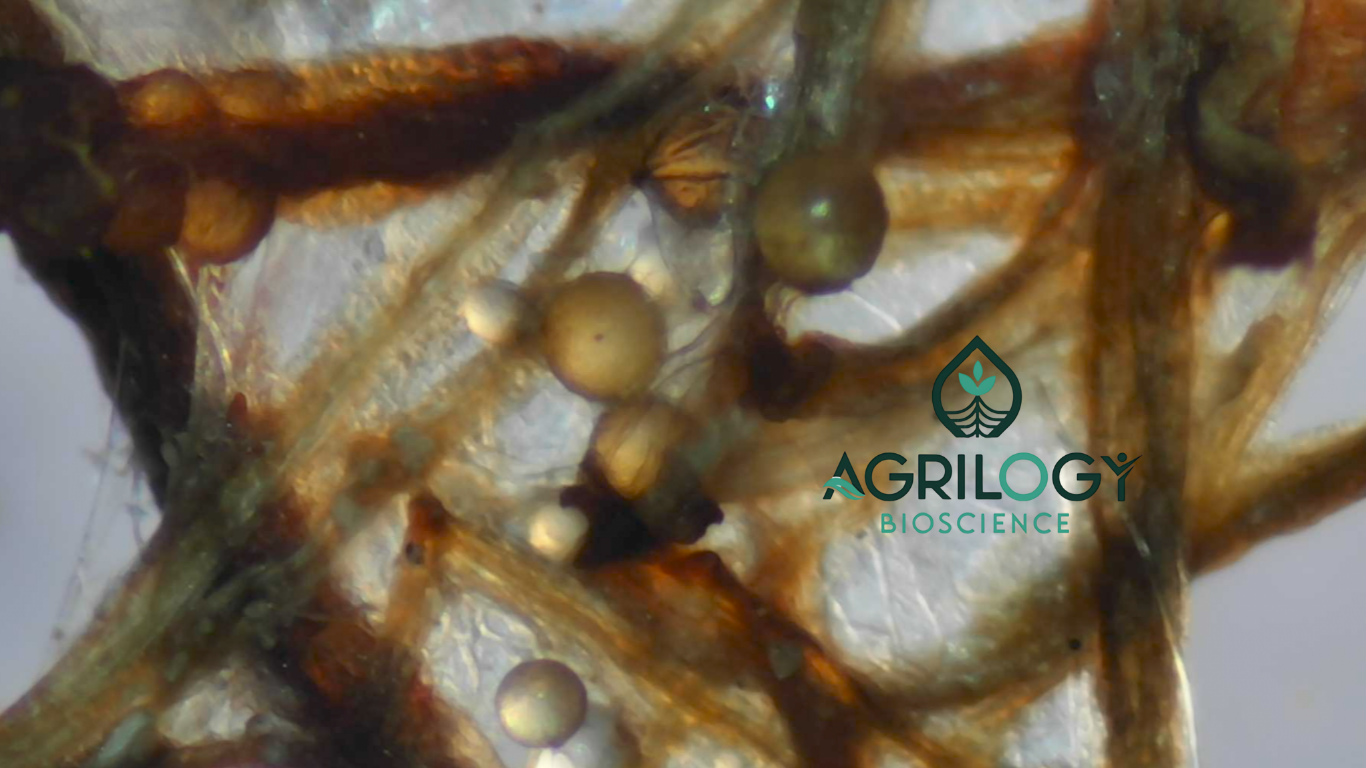

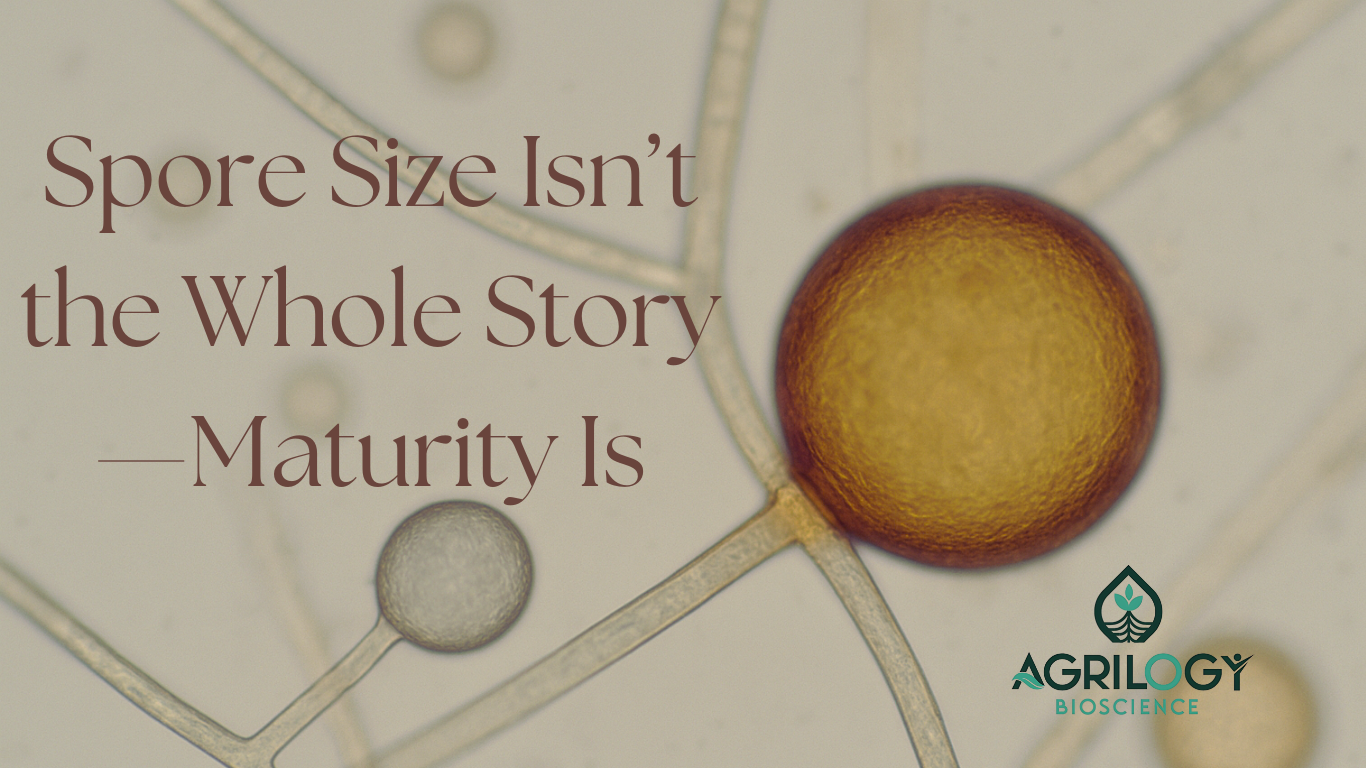
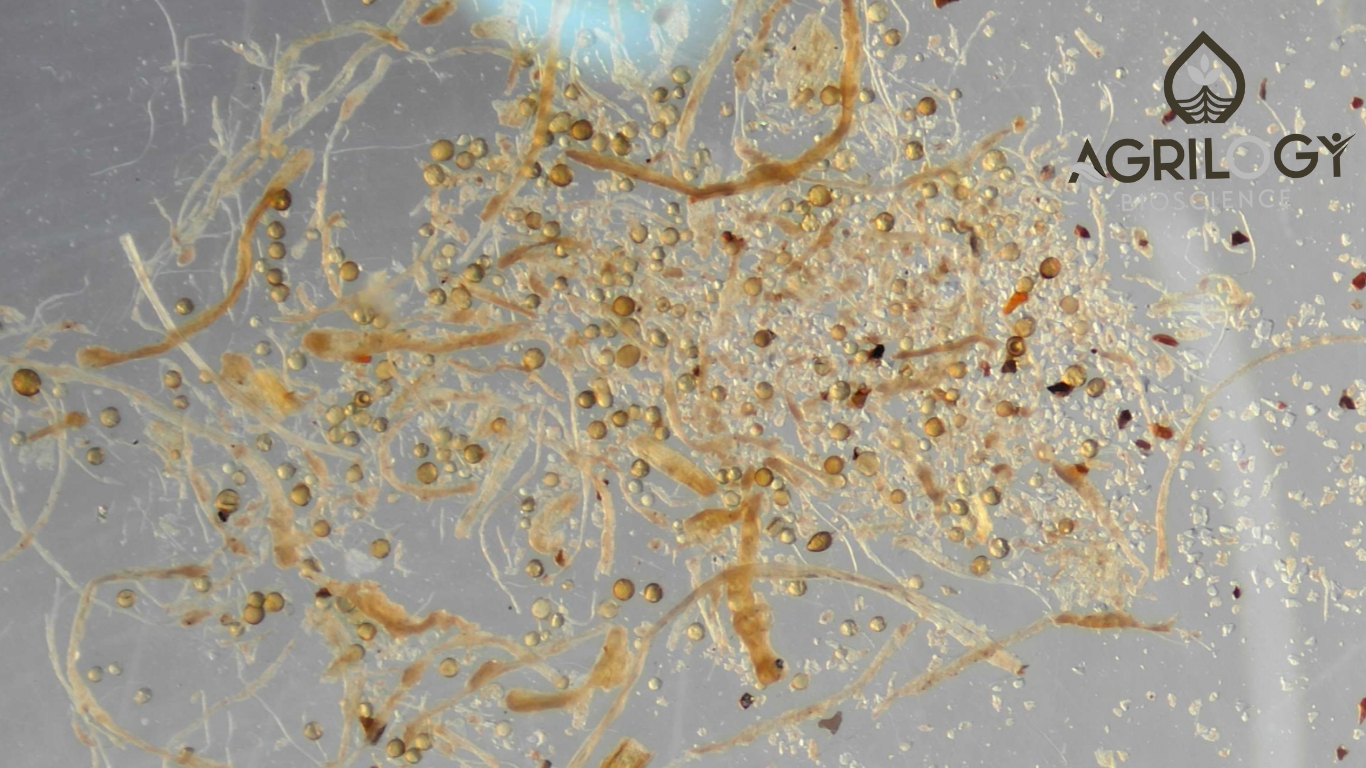
Leave a Comment